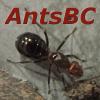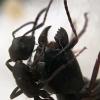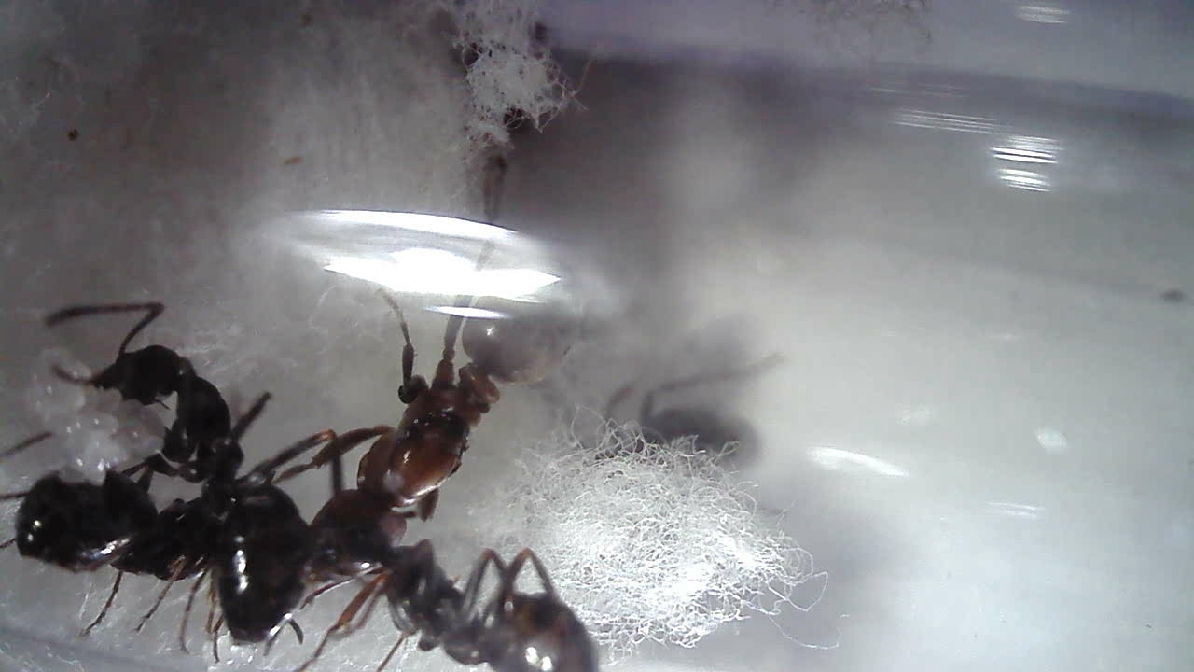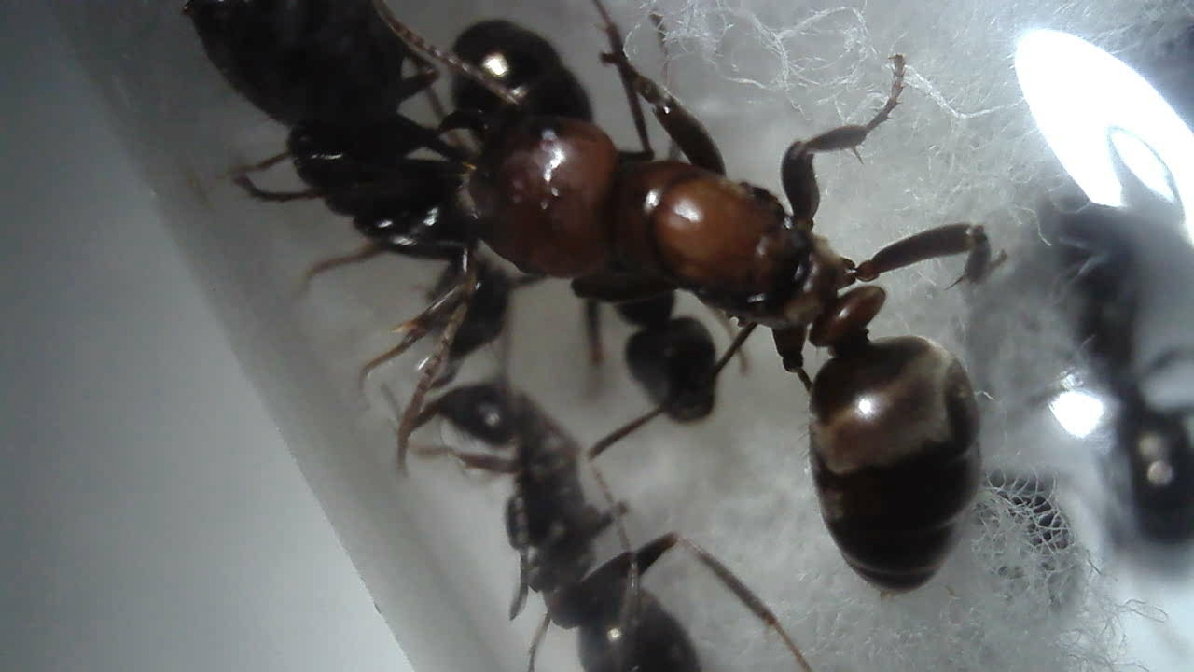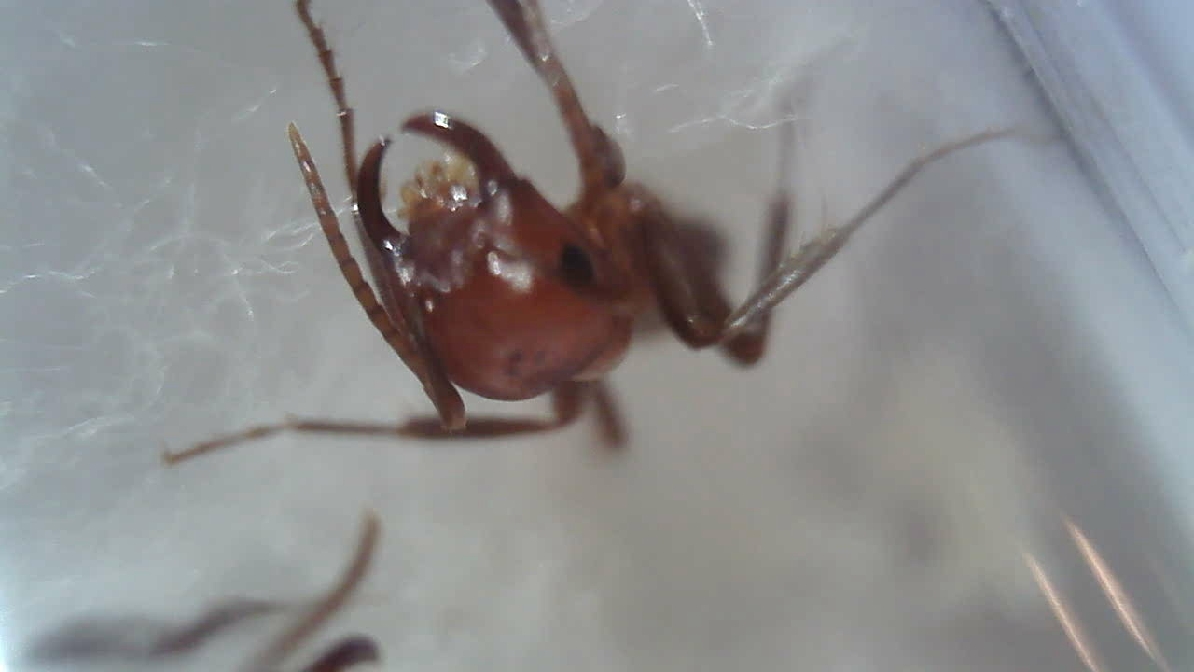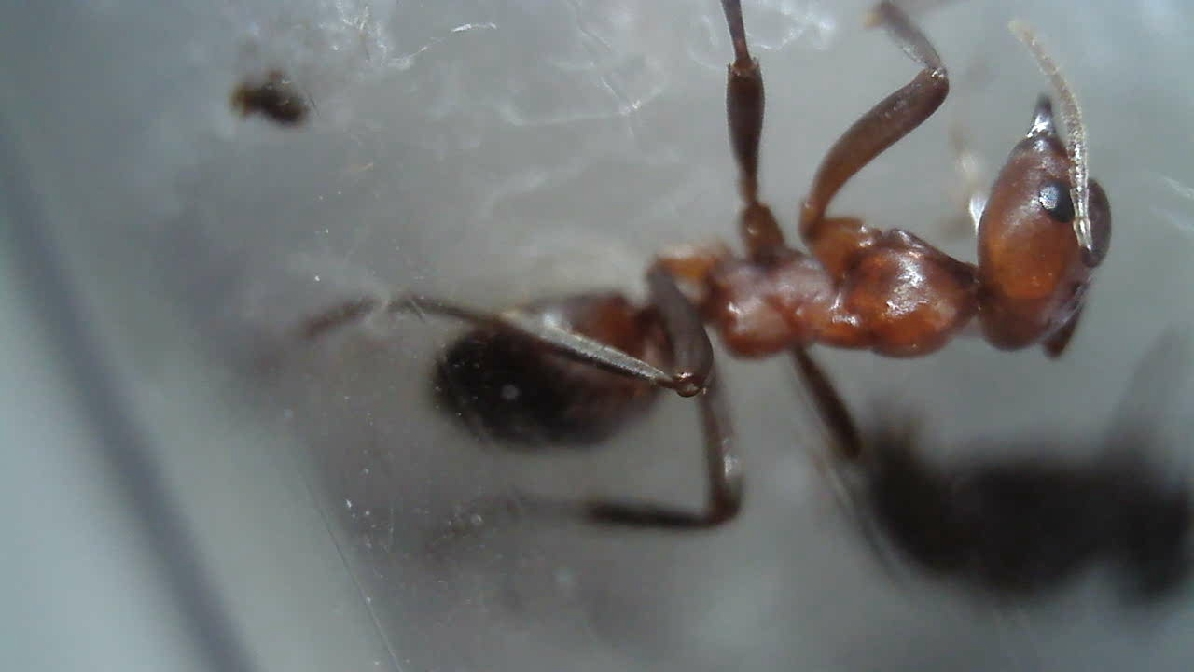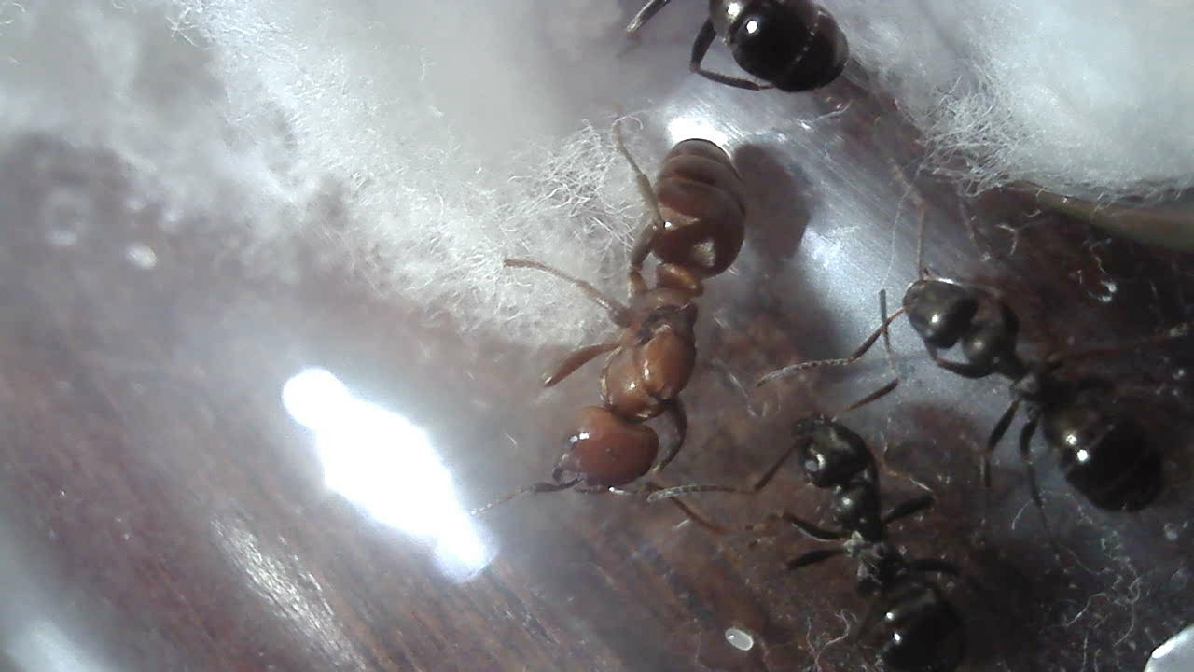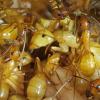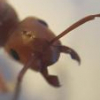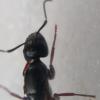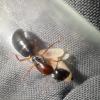(Note: this thread is currently being revised. Additional information will be added as soon as possible!)
A Thorough Tutorial on Raising Parasitic and Slave Raiding Formica spp.
I know that BatSpiderFish already made a thread similar to this, for Lasius, but there are a few different rearing techniques for raising parasitic Formica, (especially for slave raiding Formica, which I will get into later) and the host species that you use for these different species/groups, so I decided to make this thread. Hopefully, some of this info can help those who are wanting to keep parasitic or slave raiding Formica; or even those who have just been struggling at raising them.
Now, I know a lot of you already know what a parasitic/slave-making ant is, but for the sake of the newer ant keeper, I will include a description about it here as well. If you already know what a parasitic or slave raiding ant is, feel free to skip this part of the thread.
Types of Social Parasites:
“There are three main types of social parasites that form mixed species ant nests: temporary social parasites, permanent inquilines, and slave-makers” (Deslippe).
Temporary social parasites:
“Temporary social parasites depend on a host species only during the establishment of new colonies. Usually the parasitism is initiated by young queens following their insemination in a mating flight. The queens try to penetrate host colonies, replace the original queens, and gain acceptance by the workers. The parasitic queens then lay eggs that develop, with the care of the host colony workers, into a worker force of their own offspring. Eventually the host workers die leaving only the parasitic queens and their offspring. As a result, a mature colony contains only members of the parasitic species” (Deslippe).
Permanent inquilines:
“Whereas temporary social parasites typically kill the host queens, queens of permanent inquilines are usually tolerant of the host queens. With a few exceptions, inquilines do not produce worker offspring, but instead invest most of their energy into producing eggs that eventually develop into sexual forms. Despite the burden, the host queens continue to produce worker offspring and so the mixed species colony is permanent. The host workers simultaneously rear the brood of both the parasitic and non-parasitic queens” (Deslippe). I’m not sure if there are any parasitic Formica that do this, but I will include it here anyways.
Slave Raiders:
“The antics of the slave-makers have made them a favorite among myrmecologists. Besides initiating their nests much like the temporary social parasites, the slave-makers also raid other ant colonies to steal the brood. The pilfered larvae and pupae that are not consumed eventually eclose into worker slaves that are chemically imprinted and completely integrated into the society of their enslavers. The slaves tend brood, gather food, feed their enslavers, care for the queen, and defend the nest against threats. If the colony moves to a new location, the slaves carry their enslavers to their new nest. Sometimes, the slaves even participate with the slave-making workers in slave raids against other ant colonies of their own or closely related species” (Deslippe).
There are three groups of temporary socially parasitic Formica: the F. rufa group, the F. microgyna group, and the F. exsecta group. Also, there is one group of slave raiding Formica: the F. sanguinea group. I will cover the temporary social parasites first and then the slave raiders after.
Parasitic Groups
(Formica s. str) Formica rufa Group:
Formica obscuripes, By Sean McCann
Keys Including this Group:
North American Species include (synonyms have been left out):
Formica aterrima, Formica calviceps, Formica ciliata, Formica coloradensis, Formica comata, Formica criniventris, Formica dakotensis, Formica ferocula, Formica fossaceps, Formica integra, Formica integroides, Formica laeviceps, Formica mucescens, Formica obscuripes, Formica obscuriventris, Formica oreas, Formica planipilis, Formica prociliata, Formica propinqua, Formica ravida, Formica reflexa, and Formica subnitens.
Eurasian Species Include (synonyms have been left out):
Formica adelungi, Formica approximans, Formica aquilonia, Formica dusmeti, Formica kupyanskayae, Formica lugubris, Formica opaca, Formica paralugubris, Formica polyctena, Formica pratensis, Formica rufa, Formica truncorum, Formica sinensis, Formica frontalis, Formica yessensis, Formica uralensis, and Formica wongi.
Hosts: Serviformica, Neoformica, or more specifically a Formica fusca group species.
Diet: These ants are very fond of honey, sugar water, and other sweet carbohydrates. They will also openly accept most insects and arachnids. Furthermore, member species of the F. rufa group particularly enjoy Lepidoptera larvae, and many species will hunt for them in trees.
Distinguishing Characteristics/Biology:
The Formica rufa group is best known for the massive mounds which included species create in the wild. For the most part, these mounds are made out of sticks, leaf litter, grass blades, and other organic material. Most species live in the forest, but some live in grasslands as well. Workers are usually polymorphic. Most of the included species have red and black coloration. Queen and worker size varies greatly amongst the included species. Nuptial flights generally occur in July - August, although some species, (such as Formica obscuripes) will fly as early as late April. Colony founding usually includes dealate queens seeking out host colonies, killing the host queen, and then using the remaining host worker force to raise her brood. The host worker force will slowly die out, leaving only the parasitic queen and her workers. Some species will accept dealate queens back into the nest. Colonies can be polygynous (having multiple queens) and polydomous (having multiple nests per colony).
Tips/tricks on Raising Species in This Group: These ants need nests with good ventilation, in order to help degrade the effects of any Formic, (methanoic acid) that the colony may spray. They also have a very distinct relationship with their environment and their success, so I find it's a good idea to introduce some naturalistic elements to their nest (Eg. Dirt/twigs for them to decorate their test tube with). These ants also benefit greatly from having a constant supply of carbohydrates, such as honey or sugar water.
(Formica s. str) Formica microgyna Group
Formica densiventris Queen, By Gary Alpert
Keys Including this Group:
North American Species Include (synonyms have been left out):
Formica adamsi, Formica adamsi alpina, Formica adamsi whymperi, Formica densiventris, Formica difficilis, Formica dirksi, Formica impexa, Formica indianensis, Formica knighti, Formica microgyna, Formica morsei, Formica nepticula, Formica nevadensis, Formica postoculata, Formica querquetulana, Formica scitula, Formica spatulata, and Formica talbotae.
Hosts: Serviformica, or more specifically a member species of the F. fusca or F. neogagates group.
Distinguishing Characteristics/Biology (Note: There are very little resources available on the F. microgyna group, I tried my best to gather the information I could):
The Formica microgyna group is believed to have evolved from the F. rufa group. Key differences between the two include size, (workers and queens, (especially queens) of the F. microgyna group are generally quite smaller than those of the F. rufa group) and habitat; (the F. rufa group usually prefers forests while the F. microgyna group prefers grasslands and prairies). F. microgyna group queens are ordinarily very slender looking too. Member species of the F. microgyna reproduce and create new colonies like the F. rufa group; (colony founding usually includes dealate queens seeking out host colonies, killing the host queen, and then using the remaining host worker force to raise her own brood).
(Coptoformica) Formica exsecta Group
Formica ulkei Queen and worker with F. podzolica and F. aserva Host Workers, By Crystal S
Formica exsecta Queen Alate and workers, By Hayley Wiswell
Keys Including this Group:
North American Species Include (synonyms have been left out):
Formica exsectoides, Formica opaciventris, and Formica ulkei.
Eurasian Species Include (synonyms have been left out):
Formica bruni, Formica exsecta, Formica manchu, Formica mesasiatica, Formica fukaii, Formica fennica, Formica pressilabris, Formica foreli, Formica forsslundi, Formica pisarskii, and Formica suecica.
Hosts: Serviformica or more specifically a Formica fusca group species.
Distinguishing Characteristics/Biology:
All member species of the F. exsecta group possess a distinct concave posterior cephalic margin.
Member species of this group are mound builders like the other parasitic Formica spp. They prefer to nest in forests and will create multi nest supercolonies like those of the F. rufa group. They create new colonies like the rest of the parasitic Formica groups, and they do generally let queens back into their nests.
Raising Parasitic Formica:
Parasitic Formica queens generally fly in the middle of the summer, with the bulk of them flying from July- August, so keep an eye out for them in those months. Dealate queens can be found searching for host colonies to infiltrate after their nuptial flights.
The key difference between raising parasitic Lasius vs. Formica is for the most part, parasitic Formica spp. can open pupae, while parasitic Lasius cannot. So, instead of using methods of host worker introduction right away, you can offer your queen some pupae first. Personally, I like to use a four step method for raising parasitic Formica. I have used this method in the past with success so I would recommend using it. This method incorporates introducing pupae first and then workers later if the queen failed to open the pupae. If you would prefer to introduce workers right away, see BSF’s guide on introducing host workers to parasitic Lasius). The methods are the same for Formica.
So, without further ado, let’s get into it:
My method:
-
Find your queen and feed her some honey/sugar water. Parasitic queens are generally malnourished inside their home colony, so it's always a good idea to feed your queen just to make sure she’ll have some extra energy for acquiring her host workers.
-
Go out and find some host pupae. Parasitic Formica queens generally parasitize Formica fusca group colonies, so I would look for them as a start. Although, IDing your queen would help a lot on that front, as then you can be more exact on your queen's host species. Once you find a colony of your queen’s host species, I would suggest collecting around 30 pupae and 10 workers, (host workers may come in handy later). Remember, you can always go back for more pupae later.
-
Make a mini setup for your new host workers. Personally, I like to make small naturalistic setups, but a test tube would do the job as well.
-
Grab a few (4-8) pupae from your host colonies’ setup and offer them to your queen. Make sure to leave some pupae in your host worker’s setup. They may come in handy later.
4A. Most parasitic Formica can open pupae. If your queen manages to open the pupae before they start to die, you won’t be needing your host workers anymore; as all you need is more pupae! I would offer the pupae into your parasitic queen’s setup gradually, as if you offer all 10-50 at once, your colony will be overwhelmed and some pupae will die.
4B. If your queen is unable to open pupae and the pupae die, your queen will need the host workers. The reason I suggested you collect the host workers before you necessarily need them is because the longer those workers are separated from their real queen and colony, the more their scent fades. Ants rely on scent to determine whether or not other ants are apart of their colony, so if your host workers have been separated for 2+ weeks from their colony they have a higher chance of accepting and joining forces with the parasitic queen.
When introducing host workers to parasitic queens, I like to use the callow method. The reason I told you to leave some pupae in your host worker’s setup earlier is so you could use them as host workers now. As the pupae start to get older, the host workers will open the cocoons and new workers will be born. Freshly born ants are called callows. Callows haven’t been fully alive long enough to truly inherit the now fading host colonies' scent, making them an even better option for host workers. If you don't know what callows look like, try to find a worker in the setup that is slow moving and quite pale. She is probably a callow. Before you introduce the callows to your queen, make sure you follow these short steps:
After removing the dead/decaying pupae out of your parasitic queen’s setup, feed your queen some honey or your preferred carbohydrate. This way, she will have enough energy for when the host workers are introduced and she won’t be hungry, (which also means there will be a lower chance of her killing the host workers for food).
Finally, collect around 1-4 callows and introduce them to your queen. Monitoring their interactions at this stage is very crucial. Since the workers are callows, I don’t think you should be really worried about the queen getting killed, I would be more worried about the latter. The reason I suggested only introducing 4-7 of them at first is for your queen's safety as well. As a general rule, ants in a group are more likely to attack something then if they are alone. Introducing a small amount of workers also makes it easier to intervene if necessary. If all goes as planned, the queen will accept the host workers and you will have yourself a parasitic colony! If she has accepted the host workers, you can gradually add in more and more pupae so your host workforce will grow.
Tips for your parasitic queen's success:
- Make sure you feed your parasite sugars and proteins throughout all of the above stages. Parasitic queens are not fully claustral. Due to the low infiltration success rates in the wild, parasitic colonies focus on quantity vs. quality when producing alates. Instead of making sure every alate is well fed, they focus on producing as many alates as possible. Your parasite has a chance of dying if you do not feed her.
- Sometimes, even though host workers will not attack the parasitic queen, they will still not be united with the queen. This generally occurs when introducing mature, adult workers only; especially when introducing workers from separate colonies. Indicators of the workers lacking unification with the queen include the host workers constantly trying to escape the setup, host workers avoiding/ignoring the parasite, host workers refusing to clean the parasite and host workers denying/not initiating trophallaxis with the parasite. Although these symptoms may be portrayed shortly after introducing the hosts to the parasite, if they ensue for long than a week, I would start to get worried. Introducing callows and pupae lower the chance of this. Callows have not yet fully obtained their mother colonies' scent and pupae will take on the scent of whichever colony they are born to. If you have witnessed detrimental symptoms prolong for a week or more, introduce the parasite to new hosts or a new host species. Also, try to find pupae and produce callows, (assuming you haven't already). As I mentioned before, this condition generally only happens when you introduce adult workers only. Positive evidence that the hosts have indeed integrated with the parasite include the hosts initiating and holding trophallaxis with the parasite, cleaning the parasite and residing with the parasite.
- Parasitic species lay more eggs when more host workers are present, which is something to keep in mind when setting up your parasite with hosts. This is a result of two things:
1) More hosts = more ants that can take care of brood
2) Parasitic queens like to at least match or double the number of host workers there are in comparison to the number of parasitic, biological workers there are.
Formica pratensis Queen with Host Workers, By Lusatica
Presuming that one of these methods worked and your parasitic queen has meshed with the host workers, now all you have to do is wait until your queen lays eggs and eventually gets her first generation of offspring. Keep in mind, parasitic Formica queens generally start laying eggs after their first hibernation. If your queen doesn’t lay eggs right away, it doesn’t necessarily mean she’s infertile; she could very well just be waiting for hibernation. Treat your parasitic colony like a normal colony in the time before your parasitic queen’s offspring arrives, (and after they do too). Feed them like you would a normal colony, (but maybe with a little more care). Once you get a substantial parasitic workforce, you could even consider moving the colony into a naturalistic setup. If you offer the materials that the species you are keeping makes their mounds out of in the wild, you could possibly see them create a big mound like they would in the wild!
Also, keep in mind parasitic Formica spp. have an important relationship with their habitat and survival rates. (Credit to AAU for that information). Because of this, it is rather important to supply your parasites with naturalistic components, such as dirt, sand, twigs, etc. I like to sterilize all the items from nature I put in my setups just to rid them of any harmful bacteria that they may be carrying. This can be achieved by baking or freezing.
For those of you who sadly did not succeed in getting your parasitic queen past the founding stages, I send my condolences. Sometimes, despite everything you do and try, things still don’t go as planned. If your queen has died, there isn’t really anything you can do at this point besides go and try to find another. If she is still alive but her host workers are dead, you could try to repeat the process. On the second go, I would try to get a different host species if you weren’t 100% sure on the exact ID of your queen. Possibly, you just got the wrong host species.
Slave Raiders:
(Raptiformica) Formica sanguinea Group
Formica cf. subintegra Queen with Formica fusca Host Workers, By Antshaman
Keys Including this Group:
http://downloads.hin...1955/031694.pdf
North American Species Include:
Formica aserva, Formica creightoni, Formica curiosa, Formica gynocrates, Formica sanguinea subnuda, Formica subintegra, Formica obtusopilosa, Formica pergandei, Formica puberula, Formica rubicunda, and Formica wheeleri.
Eurasian Species Include:
Formica sanguinea.
Hosts: Preferably Serviformica or a Formica fusca group species, but they are known to enslave Lasius spp., Myrmicinae spp., and even other parasitic Formica spp.
Distinguishing Characteristics of this Group/Biology:
The Formica sanguinea group is the only slave raiding group of Formica. Member species of the group are spread throughout the U.S. and Canada, and Formica sanguinea has large populations throughout Europe. Slave raiding workers and queens can be identified from other Formica spp. by the dense pubescence on their gasters, their large, sickle looking jaw frame, and the presence of a cypeal notch near their mouths. Slave raiders are usually quite large in comparison to other Formica species.
Formica sanguinea group slave raiders generally sit inside their nest all day, every day; except for when they go on slave raids. They do not forage themselves. The slaves do everything from raising brood, foraging for food, taking care of the nest, etc. All the slave raiders do is slave raid, hence the name.
A raid begins by a scout finding a host colony. The scout then comes back to her nest to gather a raiding party. Then, a raiding party goes out and breaks into the nest, stealing callows and brood, of which will serve as future slaves.
Colony foundation for slave raiding Formica is much the same as parasitic colonies: dealate queens seek out host colonies, kill the host queen, and then using the remaining host worker force to raise her brood. Although, slave raiding Formica queens are known to single handily raid host colonies; taking their brood and stashing it inside a burrow. Later, they will open the pupae and let the newborn slaves take care of their brood. Other parasitic Formica queens are known to do this, but not as frequently as slave raiding Formica queens.
Formica subintegra Workers With Pupae, By Alex Wild
Raising Slave Raiding Formica:
Now many people, myself included, believe keeping slave-raiding ants in captivity is a waste of time and cruel. The reason being, in the wild, all slave raiders do is slave raid and sit around in their nest. To keep a healthy Raptiformica colony going you would need a lot of disposable host colonies or brood for the colony to raid, which in itself is quite hard to obtain. Over the years, people have experimented with raising slave raiders for hobbyist purposes. In almost all cases, the colonies didn’t survive for very long.
Nevertheless, I will provide a tutorial here on how one could theoretically raise one:
Step 1. Scroll back on this thread and read my method on how to get a parasitic Formica colony up and running. You will need to use the same method for getting a slave raiding colony through the founding stages. Although, Raptiformica queens usually do a better job opening pupae then other parasitic Formica species.
Step 2. Raise the colony like you would a normal one. Feed them like you would a normal colony. The only extra thing you have to do for a slave raiding colony, (past the founding stages), is to simulate slave raids.
Step 3. Simulate slave raids. Once you get your colony past the founding stage and you have your first generation of slave raiding workers, you will need to start to simulate slave raids. Now, there are different ways to do this, but at the core, you must provide pupae and brood for the colony to steal. You can do this by attaching a host colony up to your slave raiding colonies' setup, by dumping pupae into your colonies' outworld, etc.
I would also like to emphasize that there are two main reasons you should simulate a slave raid:
1) The colonies' current hosts are dying out.
- Most slave raiders can not survive without their slaves. For this reason, slave raiding Formica species will need host workers around the clock.
2) The slave raiders have not partook in a raid for an extended period of time
- As I mentioned before, the only purpose slave raiders serve is to steal host brood/workers. This, in turn, keeps the colony alive, and help the cycle continue. You may think that your ants are thriving if they have host workers, but if they have not partook in a raid in a certain amount of time, they will actually lose the will to live and die. Like all things on Earth, ants need a purpose. It has been proven that slave raiders in captivity die out if they are not given the opportunity to "raid". For this reason, it is important that you stimulate slave raids every so often, (depending on the size of the colony) in order to make sure your slave raiders stay active. For smaller colonies, I would recommend simulating slave raids once or twice every two months, even if your ants don't need the additional slaves.
A successful ant farmer will recognize these two reasons and acknowledge when your slave raiders need an opportunity to "raid".
(Note: Formica aserva and Formica sanguinea do not necessarily need slaves to survive. They can do quite fine without them)
And.. that’s basically it! Taking care of slave raiders is basically the same as any other species past the founding stages, you just have to provide them with colonies to raid from.
Formica obscuriventris Alates, By Carol Davis
Thank you for reading this gigantic thread! Hopefully, this information can help more people successfully raise parasitic (and maybe even slave raiding.. ) colonies!
Big thanks to Anthony, Aaron, and all the other members of the community who helped me put together this thread. Overall, I had a lot of fun researching!
Oh, and if any of you guys have any questions that I may have not answered in this thread, feel free to leave them in a post below and I'll try to help you out! ![]()
Edited by AntsBC, July 23 2020 - 12:21 PM.


